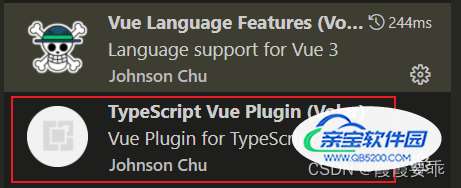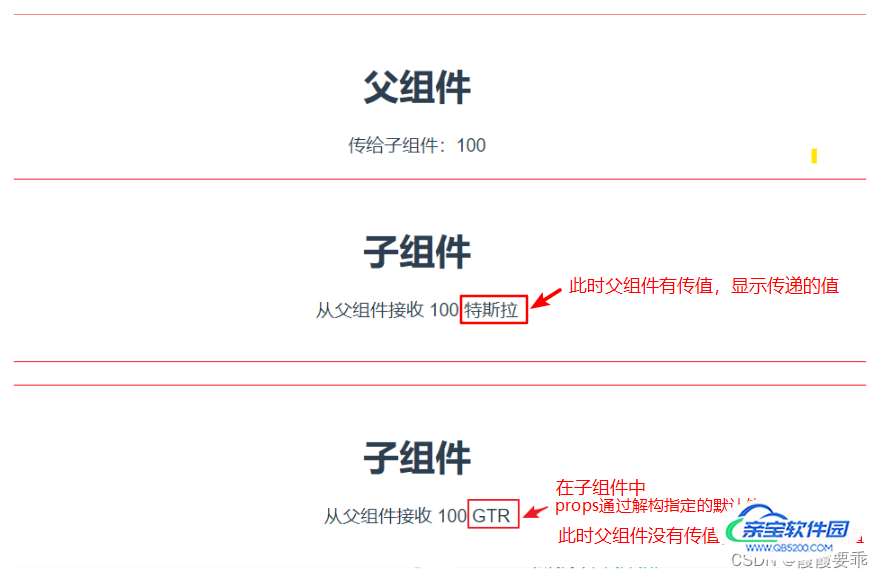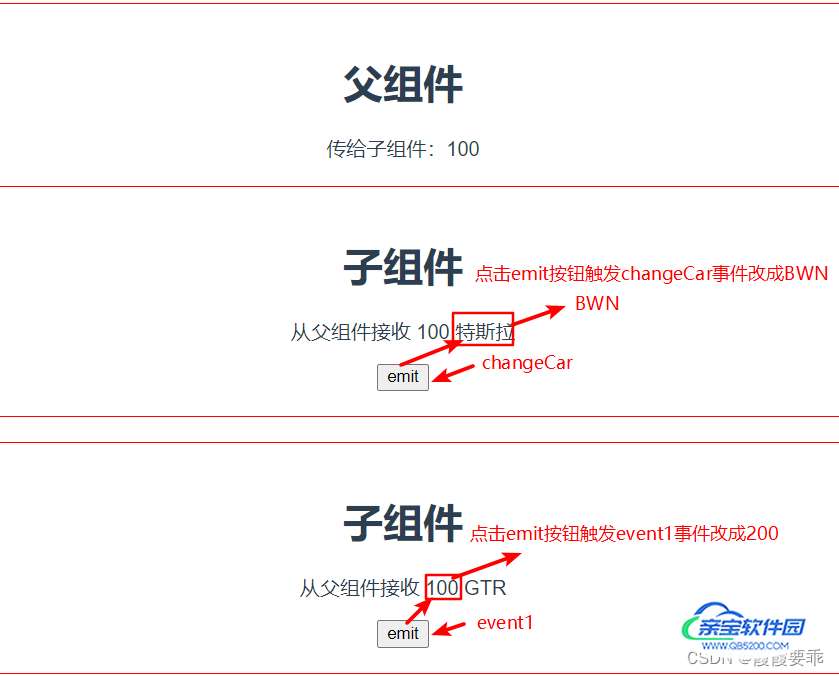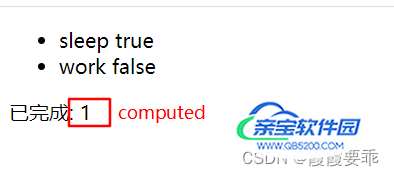TypeScript在vue中的使用解读
霞霞要乖 人气:0主要介绍 TypeScript 在 vue 中的使用,还有一些j注释起来的 js 代码做对照
参考链接:合成 API 的TypeScript
vue3中配合使用TS,还需要额外安装一个vscode插件:Typescript Vue Plugin

1. 父传子 defineProps
父组件中
<script setup lang="ts">
import { ref } from 'vue';
import MyComVue from './components/MyCom.vue';
let money = ref(100)
</script>
<template>
<div style="padding: 20px; margin: 20px; border: 1px solid red">
<h1>父组件</h1>
<p>传给子组件:{{money}}</p>
<MyComVue
:money="money"
car="特斯拉"
/>
<MyComVue
:money="money"
/>
</div>
</template>
子组件中
<script setup lang="ts">
// 1. js中
// const props = defineProps({
// money:{
// type: Number,
// require: true
// },
// car: {
// type: String,
// required: true
// }
// })
// 2. ts中
// props可以通过解构来指定默认值,将指定默认值的变量定义为可选参数
const {money, car='GTR'} = defineProps<{
money: number
car?:string
}>()
</script>
<template>
<div style="padding: 20px; margin: 20px; border: 1px solid red">
<h1>子组件</h1>
<p>从父组件接收 {{money}} {{car}}</p>
</div>
</template>
注:提供的默认值需要在模板中渲染,需要额外添加配置
// vite.config.js文件中
export default defineConfig({
plugins: [vue({
reactivityTransform: true
})]
})

2. 子传父 defineEmits
父组件中
<script setup lang="ts">
import { ref } from 'vue';
import MyComVue from './components/MyCom.vue';
let money = ref(100)
const event1 = (val: number) => {
console.log('event1',val);
money.value = val
}
const changeCar = (val: string) => {
console.log('changeCar',val);
}
</script>
<template>
<div style="padding: 20px; margin: 20px; border: 1px solid red">
<h1>父组件</h1>
<p>传给子组件:{{money}}</p>
<MyComVue
:money="money"
car="特斯拉"
@change-car="changeCar"
/>
<MyComVue
:money="money"
@event1="event1"
/>
</div>
</template>
子组件中
<script setup lang="ts">
// 使用ts的泛型指令props类型
const {money, car='GTR'} = defineProps<{
money: number
car?:string
}>()
// js中-- const myEnit = defineEmits(['event1'])
// ts中
const myEmit = defineEmits<{
(e:'event1', money:number):void
(e:'changeCar', val:string):void
}>()
const hClick = () => {
myEmit('event1', 200)
myEmit('changeCar', 'BWM')
}
</script>
<template>
<div style="padding: 20px; margin: 20px; border: 1px solid red">
<h1>子组件</h1>
<p>从父组件接收 {{money}} {{car}}</p>
<button @click="hClick">emit</button>
</div>
</template>

3. ref和computed
<script setup lang="ts">
import {computed, ref} from 'vue'
// 1. ref<泛型>()
// 简单类型可以省略,复杂类型推荐使用
// const todos = ref([{id:1, content: 'sleep', isDone: true}])
// ref<{id:Number,content: String,sDone: Boolean}[]>([])
const todos = ref<{
id:Number
content: String
isDone: Boolean
}[]>([])
setTimeout(()=>{
todos.value = [
{id:1, content: 'sleep', isDone: true},
{id:2, content: 'work', isDone: false}
]
},1000)
// 2. 计算属性: 已完成数量
// 通过泛型可以指定computed计算属性的类型,通常可以省略
const leftCount = computed(() => {
return todos.value.filter(item => item.isDone).length
})
</script>
<template>
<div>
<ul>
<li v-for="item in todos">{{item.content}} {{item.isDone}}</li>
</ul>
已完成: {{leftCount}}
</div>
</template>

4. 事件处理 ($event)
$event在vue中,他是一个特殊的变量名
- 1. 写在回调函数中
- 2. 固定名字
- 3. 表示当前的事件对象
const move = (e: MouseEvent) => {
mouse.value.x = e.pageX
mouse.value.y = e.pageY
}
<-- 鼠标悬停在 $event 上会提示类型为 MouseEvent -->
<h1 @mousemove="move($event)">根组件</h1>
5. Template Ref
<template>
<div>
<h1 ref="refH1">ref</h1>
<!-- 点击按钮在控制台打印 H1 的中的value值 -->
<button @click="hClick">click</button>
</div>
</template>
<script setup lang="ts">
import { ref } from 'vue';
const refH1 = ref<null | HTMLHeadElement>(null)
const hClick = () => {
console.log(refH1.value?.innerHTML);
}
</script>
6. 可选链操作符
可选链操作符( ?. )允许读取位于连接对象链深处的属性的值,而不必明确验证链中的每个引用是否有效。
let nestedProp = obj.first?.second;
console.log(res.data?.data)
obj.fn?.()
if (obj.fn) {
obj.fn()
}
obj.fn && obj.fn()
// 等价于
let temp = obj.first;
let nestedProp = ((temp === null || temp === undefined) ? undefined : temp.second);
7.非空断言
如果我们明确的知道对象的属性一定不会为空,那么可以使用非空断言 !
// 告诉typescript, 明确的指定obj不可能为空 let nestedProp = obj!.second;
总结
以上为个人经验,希望能给大家一个参考,也希望大家多多支持。
加载全部内容